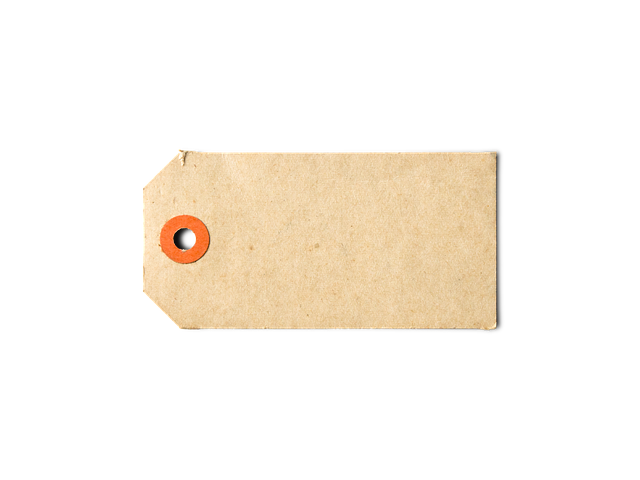Skin tags, caused by genetics or friction, can be removed at home with natural remedies like apple cider vinegar or essential oils, or topical treatments like salicylic acid. DIY methods include duct tape and over-the-counter creams. Post-removal care involves cleaning and moisturizing the area. For professional help, dermatologists offer advanced techniques for accurate diagnosis and safe removal, especially if tags are extensive or change unexpectedly.
Looking for an effective skin tag removal solution? Skin tags, those tiny, harmless growths on the skin, can be unsightly and irritating. This comprehensive guide explores natural remedies, topical treatments, DIY techniques, and post-removal care to help you navigate effective skin tag removal at home safely and effectively. Learn when professional medical help might be necessary, too.
- Understanding Skin Tags: Causes and Types
- Natural Remedies for Safe Removal at Home
- Effective Topical Treatments and Ointments
- DIY Skin Tag Removal Tools and Techniques
- Preventing Recurrence: Post-Removal Care Tips
- When to Seek Professional Medical Help
Understanding Skin Tags: Causes and Types

Skin tags, medically known as acrochordons, are small, soft bumps that grow on the skin’s surface. They typically appear in areas where skin rubs against itself, such as the neck, armpits, and groin. While they are generally harmless, many people prefer to remove them for aesthetic reasons or because they can itch or cause discomfort. Understanding the causes and types of skin tags is an essential first step in finding an effective skin tag removal solution.
Causes include genetics, hormonal changes, obesity, and frequent friction or irritation of the skin. Skin tags can be categorized into several types: acral (appearing on non-sun-exposed skin), verrucae (similar to warts), and pigmented (darker in color due to increased melanin). When considering home remedies for treat skin tags naturally, it’s crucial to research and follow safe, proven methods. Some people have found success with certain essential oils, tea tree oil, or even apple cider vinegar, but consulting a dermatologist is always recommended for a private skin tag removal guildford or gillingham-based solution that guarantees effective skin tag removal without complications.
Natural Remedies for Safe Removal at Home

When it comes to removing skin tags at home, many people opt for natural remedies as a safe and effective skin tag removal solution. These methods often use readily available ingredients that are gentle on the skin but powerful in eliminating skin tags. One popular approach involves using apple cider vinegar, which has natural antibacterial and antifungal properties. Soaking the affected area in a mixture of equal parts apple cider vinegar and water can help loosen and eventually remove the tag.
Another effective home remedy incorporates the use of duct tape. This unconventional method has gained traction due to its simplicity and potential for success. By securely taping off the skin tag with duct tape for several days, the blood supply is cut off, causing the tag to dry out and fall off. While this process may sound simple, it’s important to exercise patience and caution to avoid scarring or irritation. For those seeking a more targeted approach, using essential oils like tea tree oil or lavender oil, known for their healing properties, can be beneficial. Applying these oils directly to the skin tag can stimulate circulation and promote cell turnover, potentially leading to its removal.
Effective Topical Treatments and Ointments

When it comes to effective skin tag removal solutions, topical treatments and ointments have proven to be a popular choice for many. These at-home remedies offer a safe and effective way to tackle unsightly skin tags without the need for invasive procedures. One of the most widely used ingredients in over-the-counter products is salicylic acid, which works by gently exfoliating the skin and breaking down the protein bonds that hold skin tags in place. It’s considered one of the best home remedies for skin tags, as it can often lead to complete removal with consistent use.
Another popular option is using duct tape, a simple yet effective method gaining traction as a safe and affordable solution. By covering the skin tag with duct tape for several days or weeks, the constant pressure and friction help to slowly detach the skin tag from the underlying skin. While it may sound peculiar, this technique has shown promising results for many individuals seeking a best over-the-counter skin tag remover. Always ensure that any product or method you choose is suitable for your skin type and follow application instructions carefully for optimal, safe, and effective skin tag removal.
DIY Skin Tag Removal Tools and Techniques

There are several DIY tools and techniques that can offer an effective skin tag removal solution right at home. One popular method involves using a pair of sterile tweezers to carefully pinch and remove the skin tag. This requires precision and patience, but it’s a simple and relatively painless way to get rid of unsightly tags. Another homemade approach is to apply apple cider vinegar or salicylic acid directly to the affected area; these ingredients can help soften the skin and facilitate removal.
For those looking for more specialized tools, there are various options available in Guildford and beyond. Loop devices, for instance, use a small looped wire to cut through the skin tag, providing an efficient and clean removal process. There are also over-the-counter creams and solutions that contain ingredients like lactic acid or calcium hydroxide, which work by drying out and dissolving the skin tag. Remember, while these home care tips for healthy skin after removing tags can be effective, it’s crucial to prioritize safety and consult a dermatologist if you have concerns or experience any adverse reactions.
Preventing Recurrence: Post-Removal Care Tips

After successfully removing your skin tags using an effective skin tag removal solution like those offered by Nottingham’s leading private skin tag removal clinics, it’s crucial to implement post-removal care tips to prevent recurrence. Keeping the treated area clean and dry is paramount; wash gently with mild soap and water, avoiding harsh scrubs that could irritate the skin. Applying a gentle, fragrance-free moisturizer can help heal and protect the skin, but avoid direct contact with the removed tags if possible.
Additionally, consider using over-the-counter medications or natural remedies like apple cider vinegar or tea tree oil to keep the area clear of new tag growth. Staying vigilant and regularly checking your skin for any signs of new tags is essential. If you notice any, act promptly by consulting a dermatologist or visiting a Nottingham skin tag clinic for expert removal methods.
When to Seek Professional Medical Help

While many people prefer to remove skin tags at home using over-the-counter solutions or natural remedies, there are instances where seeking professional medical help is crucial. Not all skin tags are harmless; some may be symptoms of underlying health conditions like diabetes, obesity, or hormonal imbalances. If you notice any changes in the appearance, size, or number of your skin tags, it’s advisable to consult a dermatologist. They can provide an accurate diagnosis and recommend appropriate treatment options, ensuring effective skin tag removal.
For those seeking prompt and safe solutions, private skin tag removal services offered by clinics like Maidstone Skin Tag Clinic, Wakefield Skin Tag Clinic, and others can be highly effective. These specialized facilities employ trained professionals who use advanced techniques, such as cryotherapy or surgical excision, to eliminate skin tags without causing discomfort or leaving scars. This is particularly important if the skin tags are in sensitive areas or if you have a significant number of them that affect your self-confidence and quality of life.
Removing skin tags at home can be a safe, effective skin tag removal solution for many people. By understanding the causes and types of skin tags, you can choose the best natural remedies or topical treatments from the options discussed in this article. DIY techniques offer another route to removal, but always remember that professional medical help is readily available if needed. With proper post-removal care, you can also minimize the risk of recurrence. By following these steps and tips, you’re well on your way to achieving smooth, tag-free skin.
